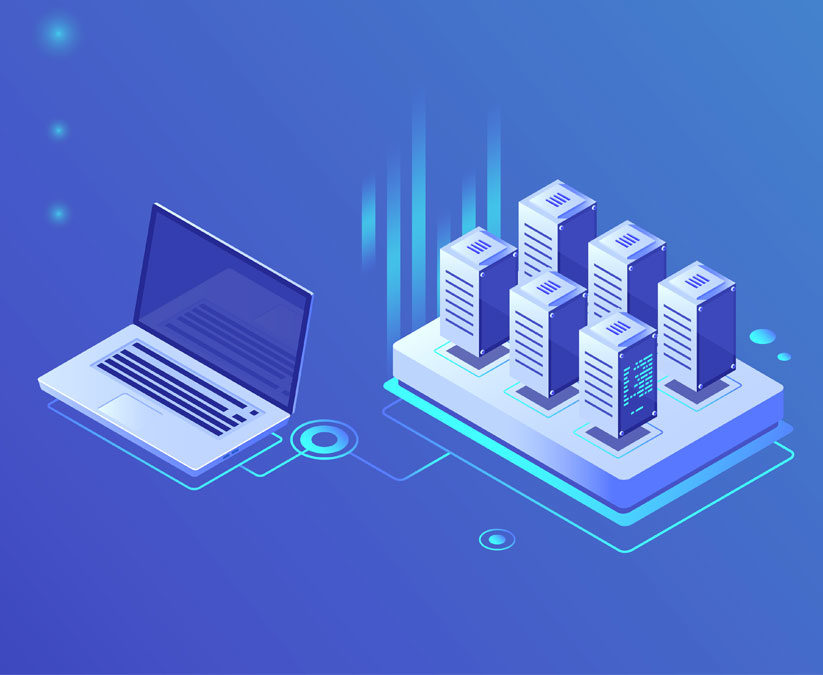Are you reading this article while working from home? Due to the spread of COVID-19 coronavirus, remote work is suddenly an overnight requirement for many companies. To be able to operate remotely, IT infrastructures have changed and transformed the way we work. Today, companies are successfully reaching digital maturity with the help of distributed and cloud-based systems. These systems have helped several companies to save on costs, increase productivity, and reduced the risk of failures. The IT companies across the globe are reinventing the tech stacks and changing the work procedure as they know the distribution and cloud-based systems are the future, and remote work is a new way forward.
What is RIM? Remote infrastructure management services allow companies to manage IT infrastructure from anywhere in the world and is useful in circumstances such as a pandemic. To sustain, the IT departments must adopt new practices and tools to support virtual and remote work. RIM should be holistic and scalable to support operations today and into the future. Because today remote work truly is the new normal. To set up a remote IT infrastructure with safety and minimize disruptions, here are a few points that will allow your company to navigate seamlessly through remote work. We have amassed some infrastructure management solutions you need to know before upgrading your company with AI, automation, and cloud-based services.
- Begin with addressing the existing components, vendors, software, hardware and services. You will need to prepare and organize the service contracts and vendors on a team by team basis. Then, understand how you provide hardware to workers who are working remote. Who will get the laptops, how will you acquire hardware from remote workers? All of these measurements will allow your company to be more focussed and capable during a pandemic-like event.
- Try to identify what can be managed remotely, means what all can be virtualized, and what all you will need in order to do so. In a nutshell, you will need to do remote infrastructure monitoring for your company. You might need laptops for remote workers, servers, and hardware and software and much more so that the company’s work isn’t compromised. You need to see what all tasks and functions can be visualised. Consider each team’s needs and role before you plan to upgrade the processes with the new solutions.
- To ensure business continuity in the event of a pandemic, always ensure your internal IT team has access to company assets and equipment. You will need a plan to distribute equipment and also store them if the circumstance such as a pandemic happens again in the future. You will also need to address any limitations that may affect the IT team’s ability to provide the services.
- The security framework is also necessary for remote IT infrastructure. Implement identity and access management systems which can help to support policies, processes and technologies that allow a secured remote work. These include multi-factor authentication, privilege access management and sign-on systems. All of these are helpful when working on sensitive data and information.
- While remote IT components and cloud-based services have eased our work and freed us from many constraints, but it also comes with increased complexity and risks. Plan for testing and plenty of vulnerability assessments before you set out to implement something permanently. This will help to minimise the gaps and security attack surface areas.
In a nutshell, digital transformation is critical to businesses staying resilient during such uncertain times, but it’s also a new way of work that is the future and a key to competitive advantage. With remote IT infrastructure management, we can transform a company into a better one, equipped with modern IT infrastructure that can be accessed even remotely.


